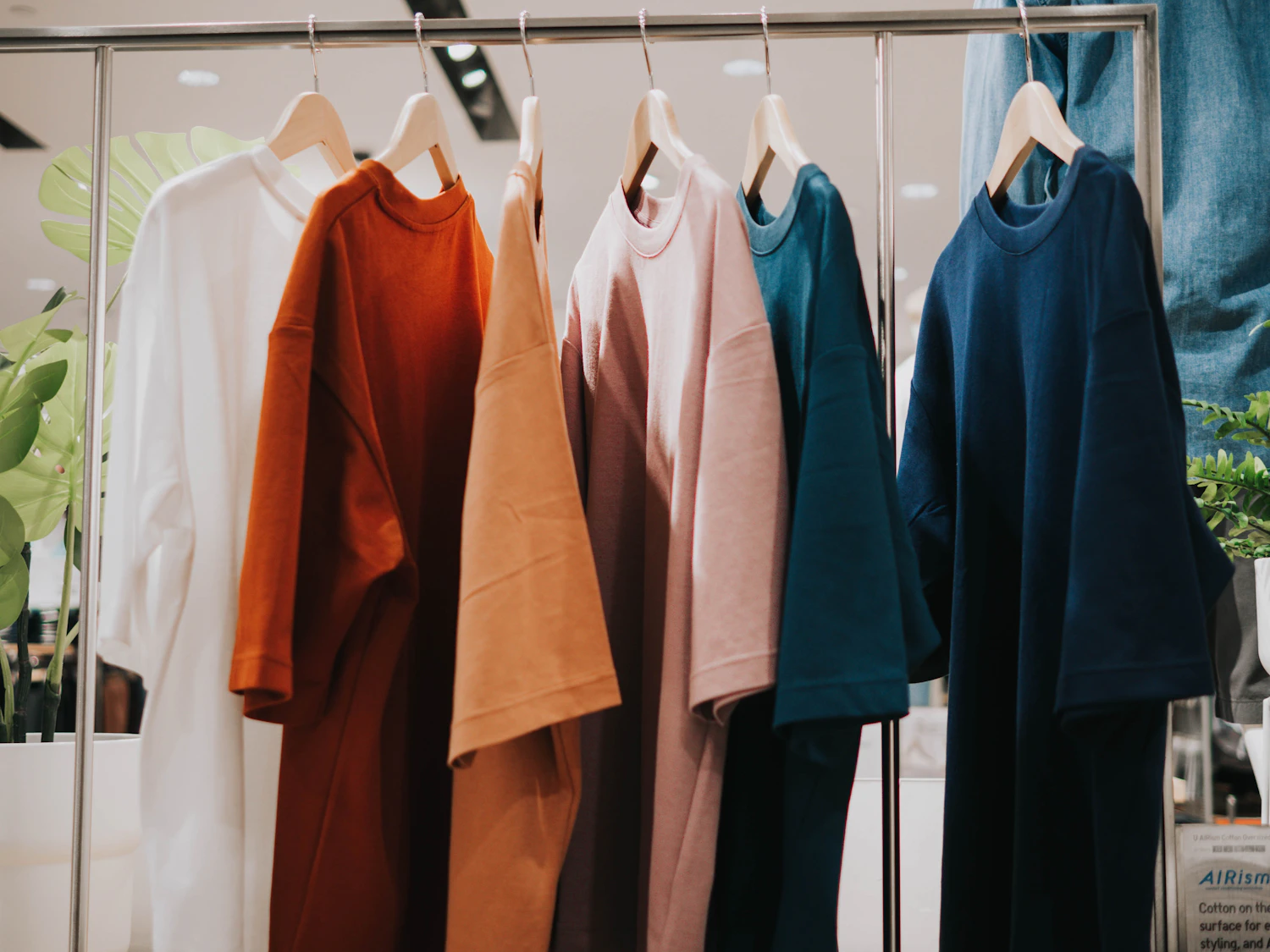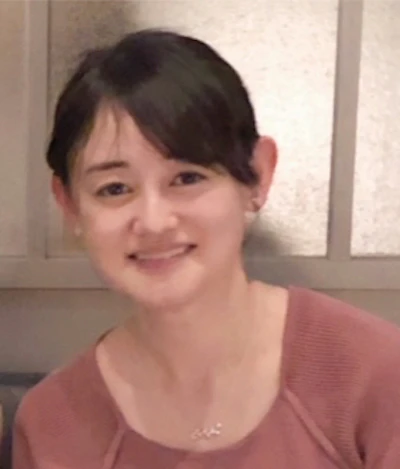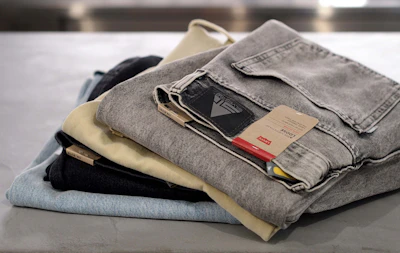Thinking About Medium Studies from the Perspective of Tactility: Using the Global Clothing Brand "UNIQLO" as a Clue (Anne Namba)

Since the 1980s, the fashion context has often focused on symbolic values and representational functions. In other words, the "visual" elements of expressing individuality through clothing and showing differences from other groups have been the central topics of discussion.
On the other hand, in fashion, "tactile" values such as comfort from materials that suit the skin and comfort from materials suitable for the climate have also been pursued by people.
For example, in 2013, UNIQLO launched "AIRism" as a "second skin," globally delivering comfort felt by people around the world, and it has become a familiar item in Japan too.
This time, we interviewed Associate Professor Anne Namba of Seitoku University Learning Design Center and Information Education Center, who has been exploring tactile values through media studies and fashion, about the significance of tactile values and the characteristics of UNIQLO.
PROFILE

Anne Namba
Associate Professor at Shoei University Learning Design Center and Information Education Center (concurrent). Part-time lecturer at Keio University and others. Doctor of Interdisciplinary Information Studies (University of Tokyo).
Main papers include "拡張する表皮:複数化するスクリーンから透明なインターフェイスへ" 『現代思想』May 2015 (Solo). "情動の出来事性:インターフェイス・ライブ性・交感" 『情報学環紀要』April 2017 (Co-authored). "ユニクロのAir-Rhythm:インターフェイシング〈相互調整〉と触覚的価値の再創出" 『vanitas 005』March 2018 (Solo). Co-authored book includes "ソーシャルメディア・スタディーズ" (2021, Hokuju).
UNIQLO Rejuvenating Tactile Values
Professor Namba, who specializes in media theory and started with film studies, what led you to write the UNIQLO-related paper, "ユニクロのAir-Rhythm インターフェイシング(相互調整)と触覚的価値の再創出"?
Clothing can be seen as an extension and externalization of the "skin," as suggested by Marshall McLuhan's media theory. In this sense, fashion is an extension of the skin, and through clothing, we rewrite or stage our skin.This article is for members only.
Please register to read the rest of the article.
What you can do with a membership
- Read members-only articles
and use text-to-speech. - Unlimited article favourites
and browsing history. - Attend members-only events.
- Get the latest information
with our email newsletter.
Share Article
CONCEPT VIDEO
"fashion tech news" Unveils New Logo & Concept Video
TOP ARTICLES
RELATED ARTICLES
CONCEPT VIDEO
"fashion tech news" Unveils New Logo & Concept Video
CONTACT
If you have any questions or enquiries, please enter your details in the form below.












